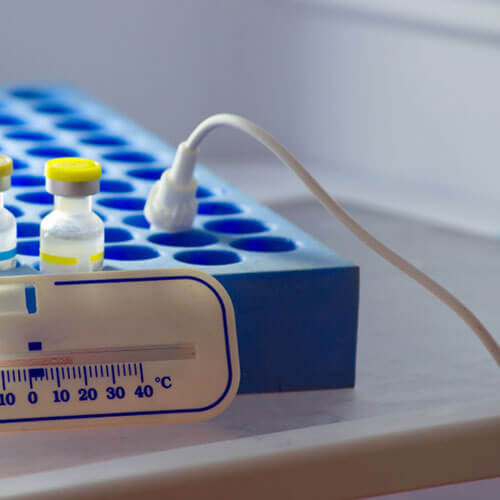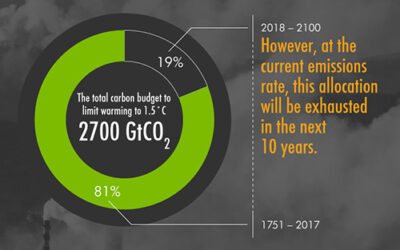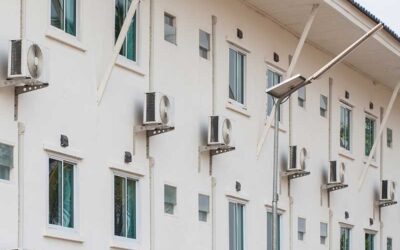The time is right for global alliances to harmonize Vaccine Supply Chains


While putting 1.3 billion people in lockdown in India due to the threats of the spread of COVID-19 might be the biggest social experiment in the history of humanity, its socio-economic impacts will not be equally spread. To begin with, the mitigation calls for coordinated negotiations between the up-sizing and down-sizing of the government machinery, calling for ‘g-local’ (global decisions impacting local actions) and affordable solutions which remain accessible to the most vulnerable sections of the society and most importantly, the will and capacity of the state to undertake fundamental changes.
Similar to the other crises like climate-change, rising global temperatures that are slowly but continually tipping the balance, questioning our business-as-usual planning institutions and mechanisms the recent pandemic also compels us to rethink our next steps. Such crises bring to forefront the need for mainstreaming the practices enhancing the access to cooling, especially in developing countries like India that score relatively high on Gini’s coefficient exhibiting income inequalities and experience extreme heat in most of its parts for majority of the year. The need for cooling becomes cross sectoral and integral to day to day life, on one hand active cooling becomes essential to maintain food security and preserve the efficacy of the vaccines to actively fight the pandemic. On the other, it becomes imperative to reduce the impact of rising summer temperatures, specifically to avoid the spread of vector-borne diseases adding a significant multiplier to the already looming catastrophe on the health-care system.
While the prevailing human cost of the pandemic are horrifying, the proactive measures undertaken by various institutions yield some hope, till the curve dampens or a vaccine is developed. However, the vaccine in itself will not be a panacea. It would be beginning of a new struggle to ensure timely delivery across more than 150 countries, requiring massive manufacturing and logistic capabilities relying heavily on cold chain. Effective vaccine delivery cold chain requires maintenance of optimum temperature between 2 to 8 degrees in both transportation and storage. According to some estimates, around 25% of vaccines go waste even before reaching doctors and patients, primarily due of insufficient immunisation supply cold chain in India. One specific pain point in terms of supply chain functioning is the last mile connectivity from Primary Health Centres to session sites located in the rural areas. Despite running one of the biggest immunisation campaigns in the world, the existing vaccine delivery network does not achieve 100% coverage which becomes an increased concern while fighting against the pandemic. The current cold-chain components need significant up-gradation with latest available technology to ensure vaccine delivery to all. To monitor the delivery, the existing e-VIN (Electronic Vaccine Intelligence Network) set in place by the Government of India with an objective of enhancing real-time visibility of stock and temperature of cold-chain equipment across the country would be an essential tool.
Given the severity and the penetration of the pandemic, there is a need for an urgent plan of action. It is not only a matter of enhancing capacity of the existing cold chain but also calls for disruptive and innovative solutions which could ensure timely delivery. One of the possible strategies could be to utilize the existing non-vaccine centred cold chain infrastructure to enhance the storage of vaccines. Parallel to this, there is a need to mobilise human resources at all levels and possibly train more in short span of time to handle the fragile cargo, transport and administer the vaccine. However, there is also a pressing need to abide by India’s commitment to the Montreal Protocol (to reduce GHG emissions) in the development of cold chain as the infrastructure once set in place would last for a longer time than the pandemic and might end up adding more to a long overdue crisis of Climate Change in the haste to control the outbreak of the Corona Virus.
It is proposed that while the planning and development of infrastructure, there should be a focus on both the environmental performance and the operational effectiveness of the cold chain infrastructure. The common ground between the two could be achieved by utilising the existing platforms of eVIN to monitor additionally the operational effectiveness and environmental performance of the cold chain infrastructure. The spread of the virus has already established the need for the global governments to act in coordination as quickly as possible, same could be leveraged for multiplying and replicating international best practices in the most deprived regions of the world. Domestically, the fight against the virus and the delivery of vaccines would call for a coherent public-private and state-centre government partnership to enhance and optimise the delivery network. While the humanity awaits the discovery of the vaccine, it also calls for the countries to join forces in strengthening the information technologies facilitating the delivery chain and building robust, reliable and sustainable cold-chain equipment to bring the pandemic under control.
This blog has been written by Research Associate, Anukriti Pathak, with inputs from Program Lead (Building & Appliances), Tarun Garg and Senior Researcher, Sandeep Kachhawa.




